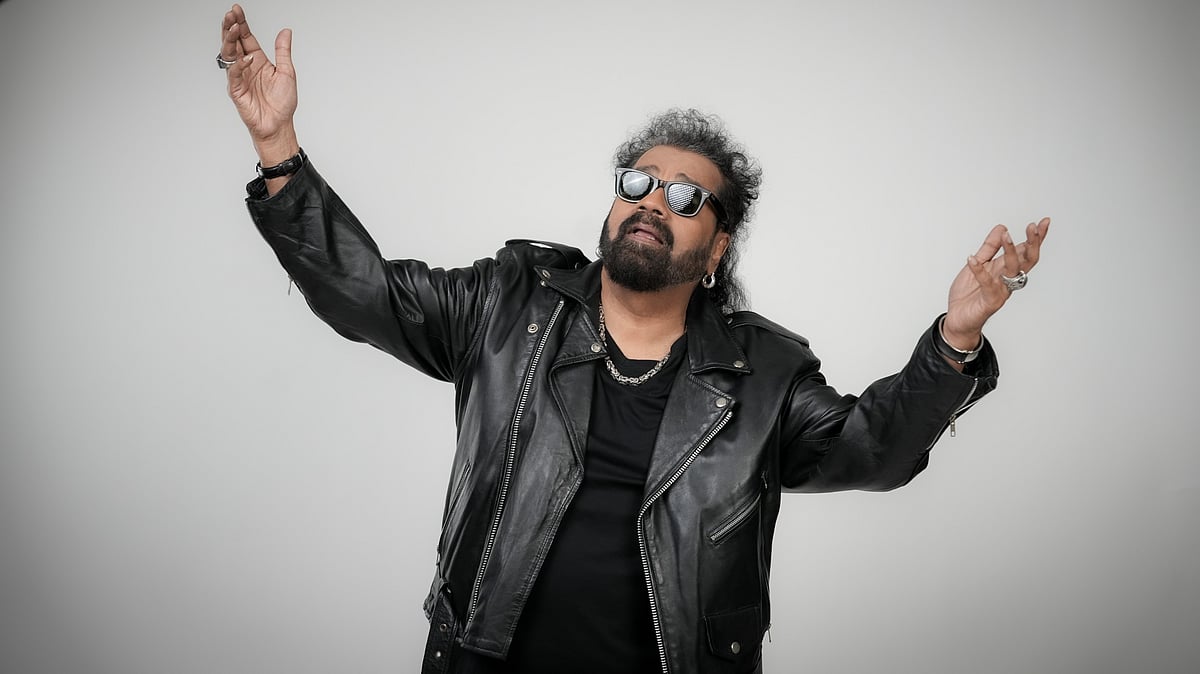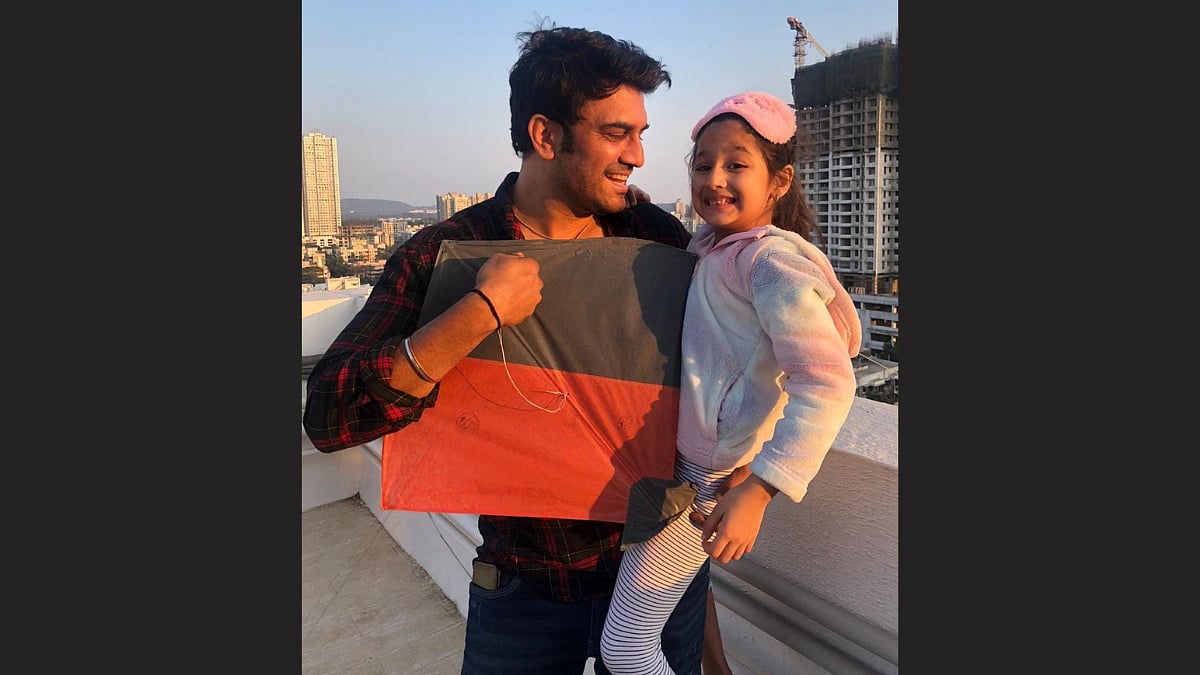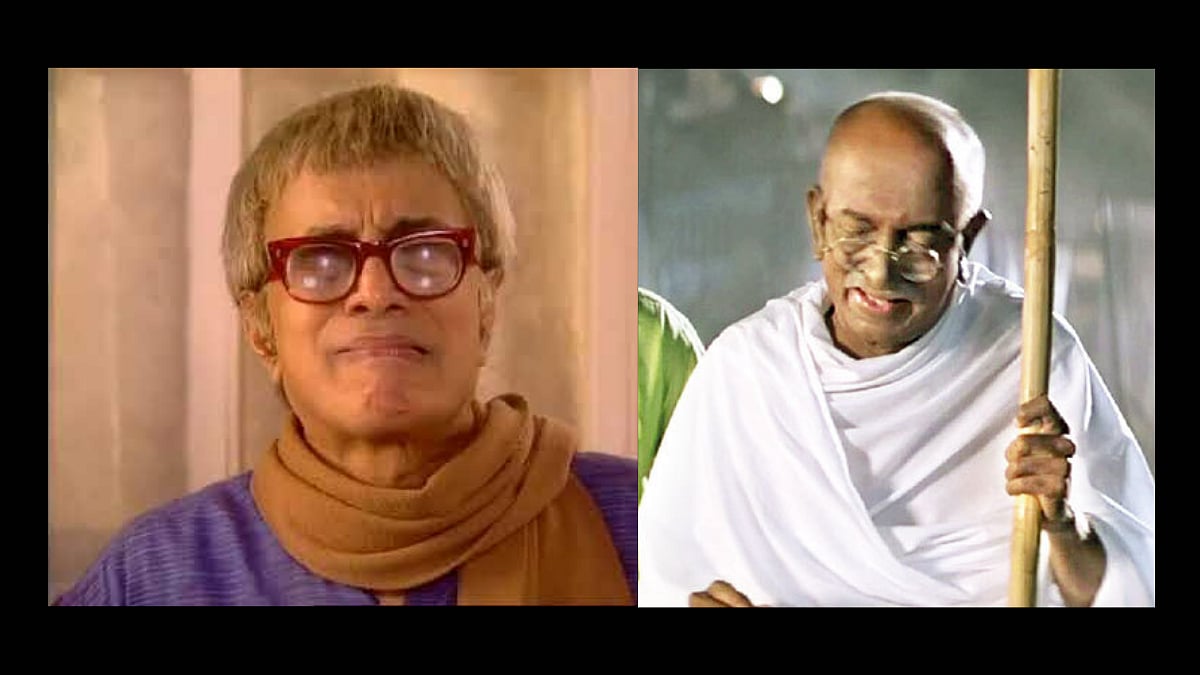Yoga is a powerful ancient system of self-development that works on both the body and mind.
The body-oriented postures of yoga, called asanas, are aimed at influencing our minds in specific ways to help us relax, improve concentration and focus, and enhance cognitive performance. Hence, a complete, effective, and holistic yoga practise includes asana, pranayama, and meditation. Here are some techniques from each of these practices that you can incorporate into your daily routine.
Surya Namaskar
Movement is essential for brain health and Sun salutations give us 12 carefully-coordinated postures that engage the whole body. One should practice at least six to 12 rounds of Surya Namaskar. You can increase the number to 108 if that motivates you.
Another way to progress is, once 12 rounds become easy you increase the intensity by modifying postures to make them more challenging. Postures like triangle pose, dancers pose and spinal twists make an excellent companion for Surya Namaskar and can also be included in your cool down.
To enhance the mind-body connection and supercharge your sun salutation practice you can start including mantras with each movement and do them with your eyes closed. This is best learned under the guidance of a teacher.
The 12 steps
1. Pranamasana (Prayer pose)
2. Hastauttanasana (Raised arms pose)
3. Hastapadasana (Standing forward bend)
4. Ashwa Sanchalanasana (Equestrian pose)
5. Dandasana (Stick pose)
6. Ashtanga Namaskara (Salute with eight parts or points)
7. Bhujangasana (Cobra pose)
8. Adho Mukha Svanasana (Downward facing dog pose)
9. Ashwa Sanchalanasana (Equestrian pose)
10. Hastapadasana (Standing forward bend)
11. Hastauttanasana (Raised arms pose)
12. Tadasana (Mountain Pose)
Square/Equal Breathing or Sama Vritti Pranayama
Breath is immensely powerful; it gives us control over our physical health and also helps us calm down an anxious or agitated mind. Even a few deep breaths can instantly affect your mood and state of mind. While there are many breathing techniques, the most universal one is Square or Equal Breathing.
In this method, there are four steps of equal length of time. For instance, you inhale for a count of four, then hold the breath for four, exhale for four, and hold the breath again for four.
Over time, the count of four can be increased to eight and then 16. If you’re just starting, then another variation is equal breathing in which you only inhale and exhale for a count of four.
Gradually start introducing breath holds till you develop the capacity for box breathing of 16:16:16:16.
These practices are enhanced by using visualisation like breathing in golden light or firing the flame of a candle with each breath. It’s good to find a teacher to learn these methods.
Mantra Meditation
This type of meditation is ideal for our present environment where we are constantly surrounded by distractions and experience sensory overload frequently. A mantra can be a word, phrase, or just some syllables. It works like an anchor and helps you get back to your practice every time you drift away into the sea of thoughts.
While some mantras are given by gurus, universal mantras like Om can be used by everyone for self-practice. If you are not comfortable with the mantra then you can use your breath as your object of meditation. So, instead of a mantra, focus on your breath. Either way, your practice will be effective and meaningful.
To get the most out of your yoga practice, you need consistency, not intensity. Doing a little practice every day is far more powerful than doing a lot of practice occasionally. So, if you only have 10 minutes in the morning give it to your breath work and meditation practice. If you have 30 minutes then you can spend 15-20 minutes moving and the remainder of the time for mindfulness work. Ideally, try to keep at least 45-60 minutes for all three interventions (asana/movement of any kind, pranayama, and meditation).
(Yoga and Ayurveda Lifestyle Specialist, Founder, Yoganama)









